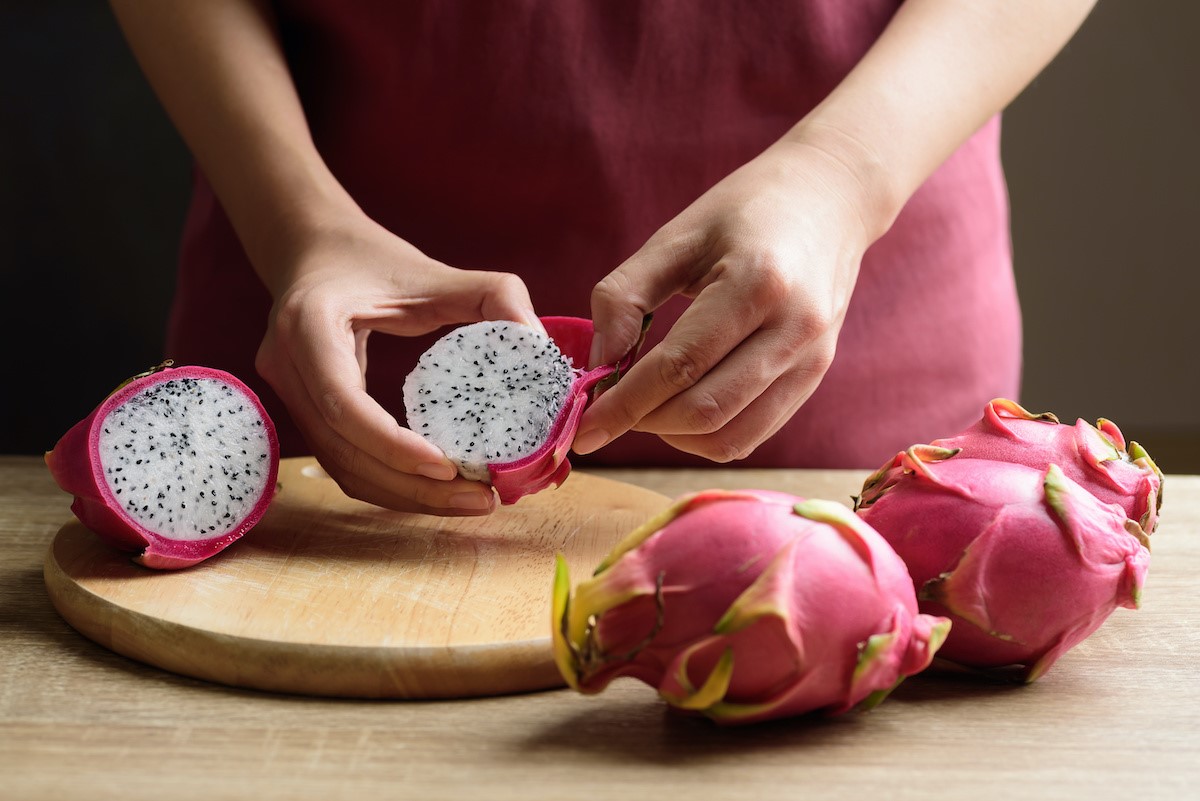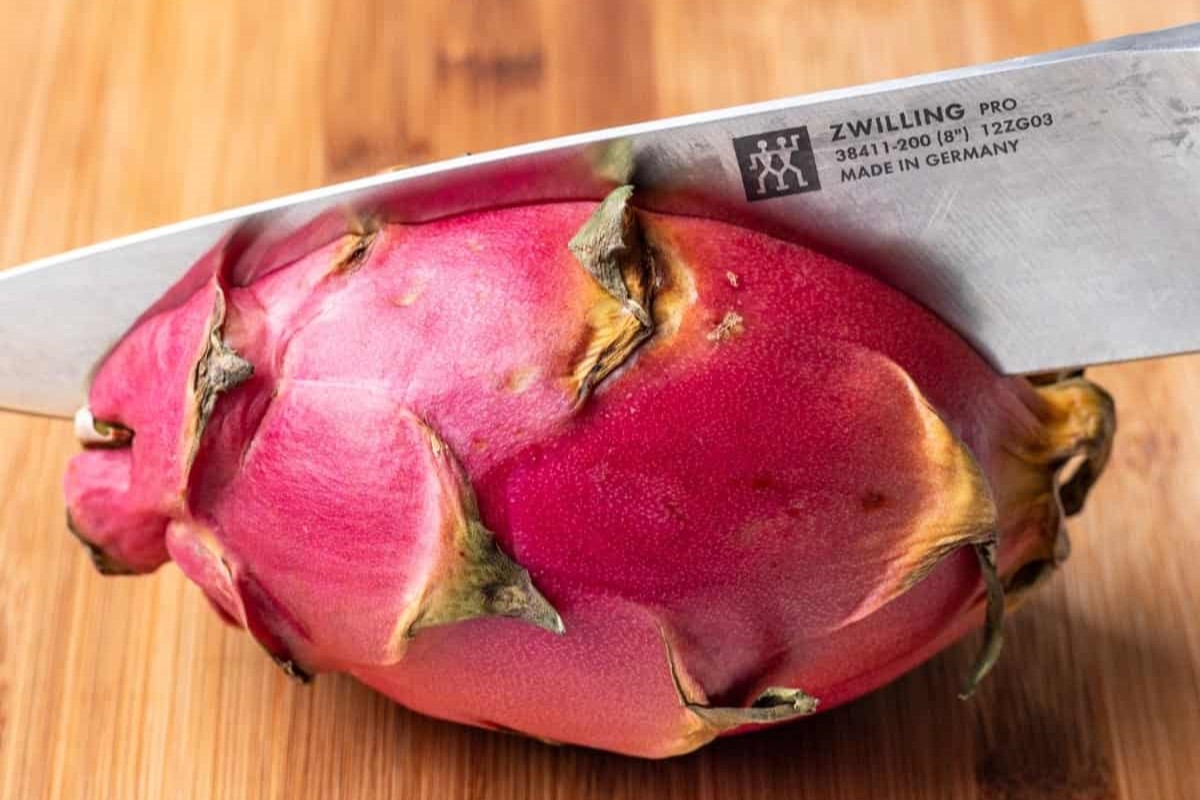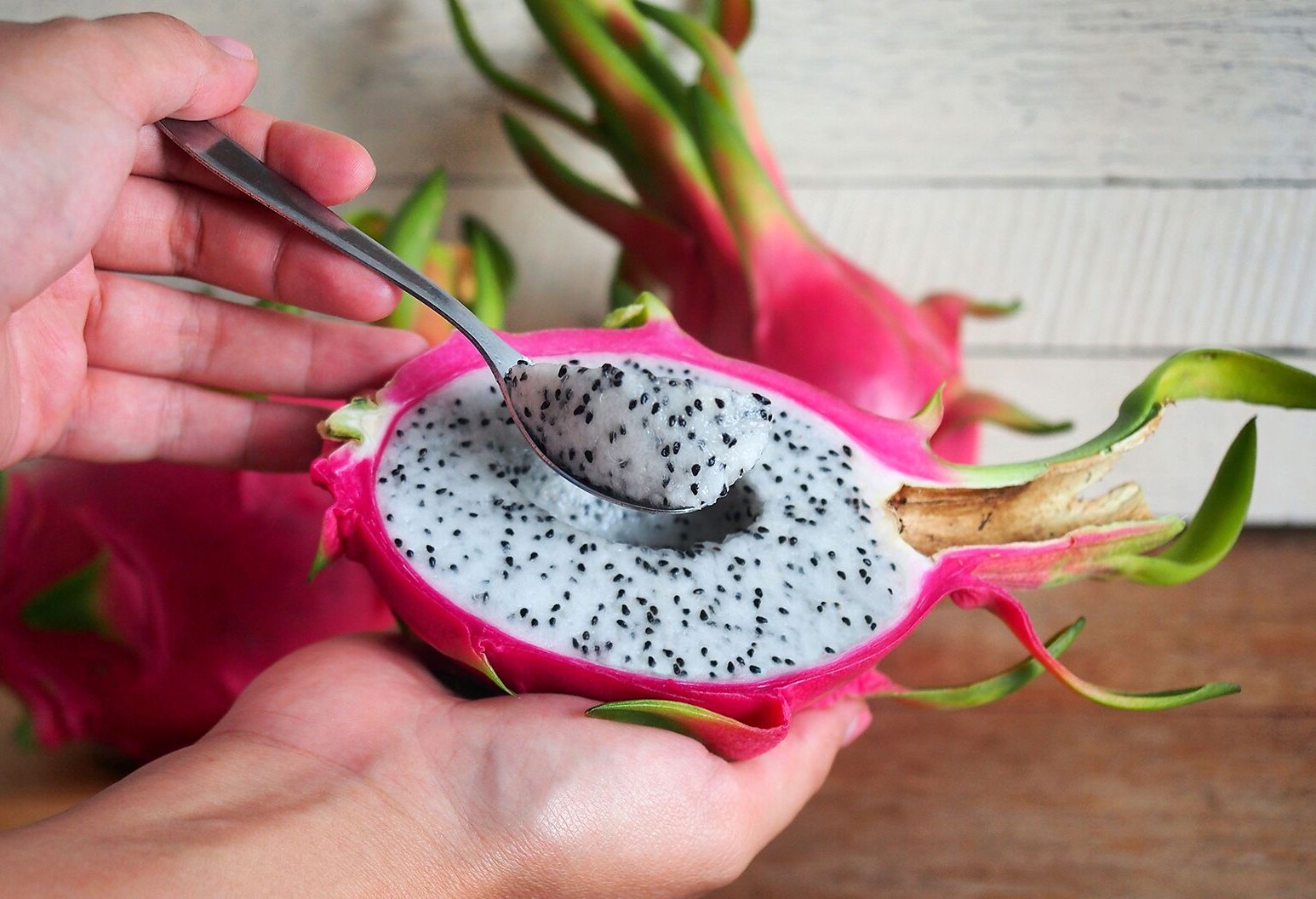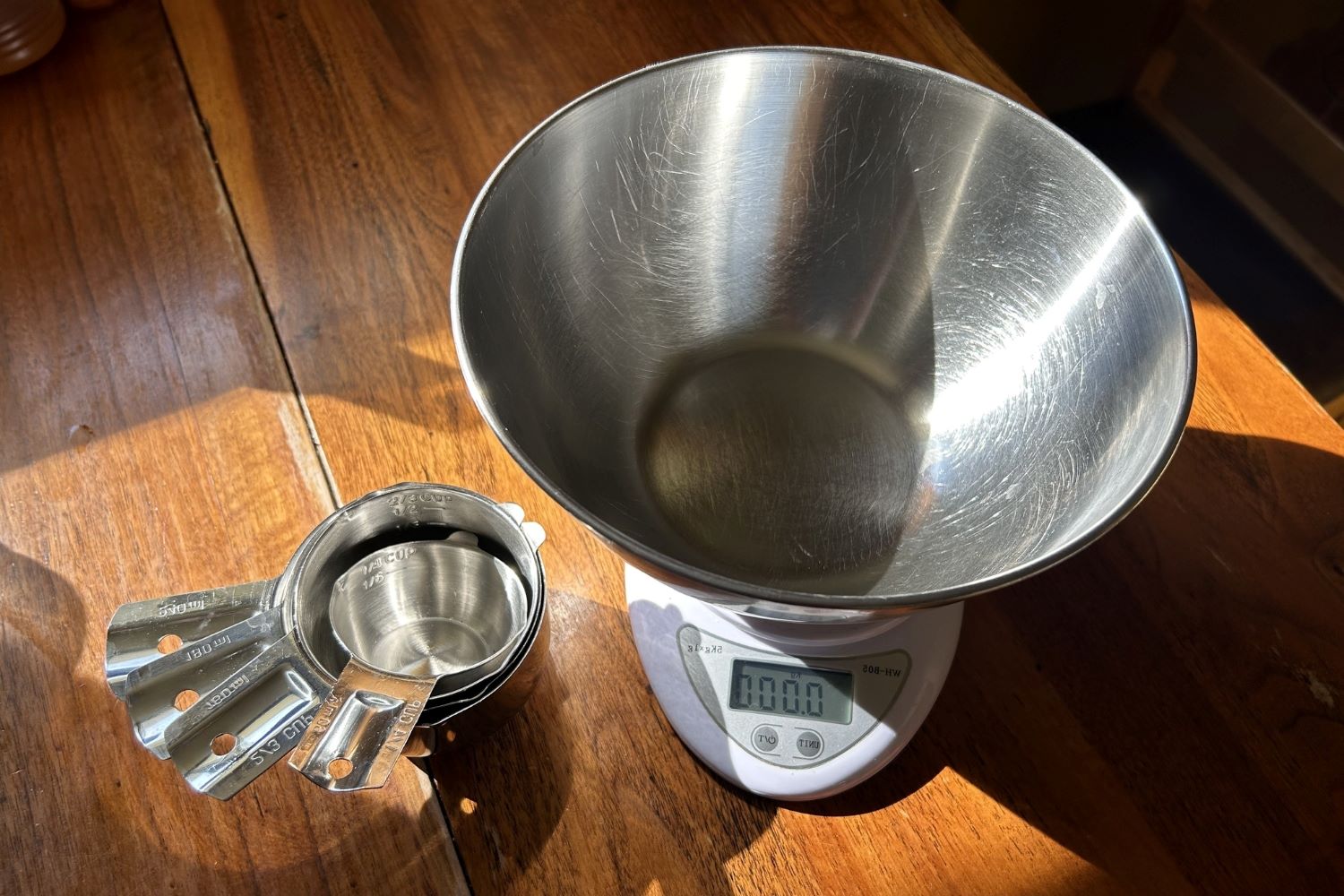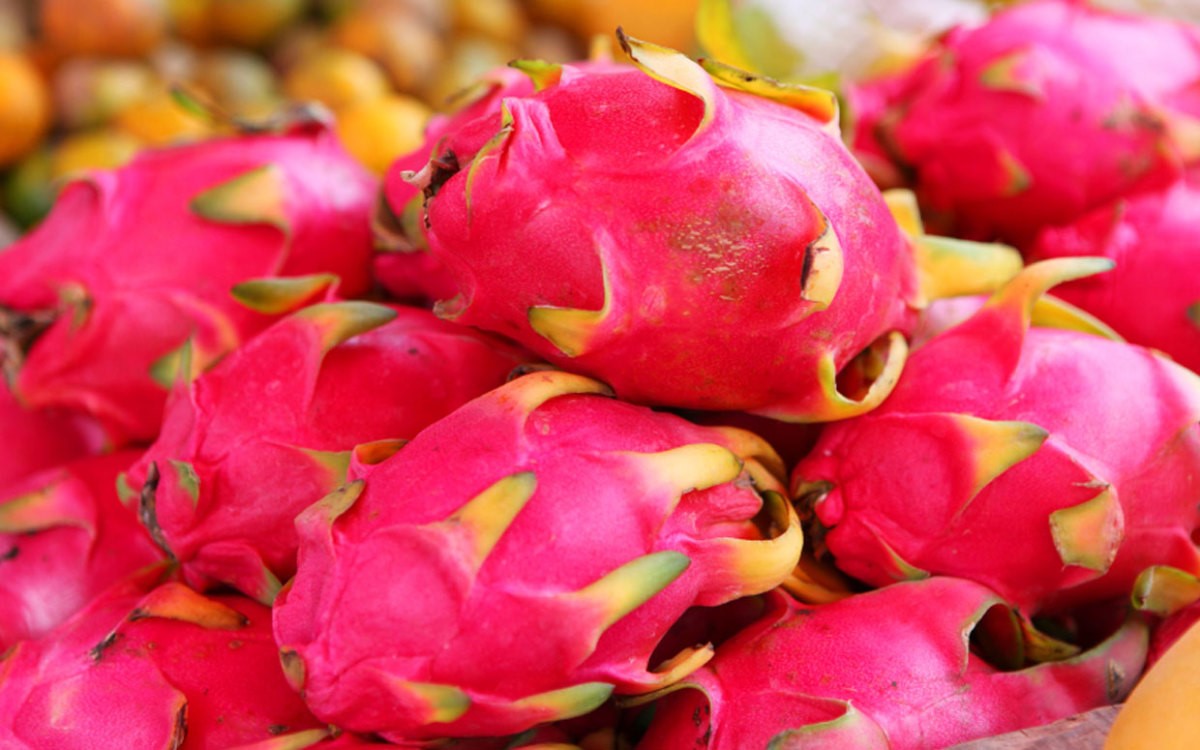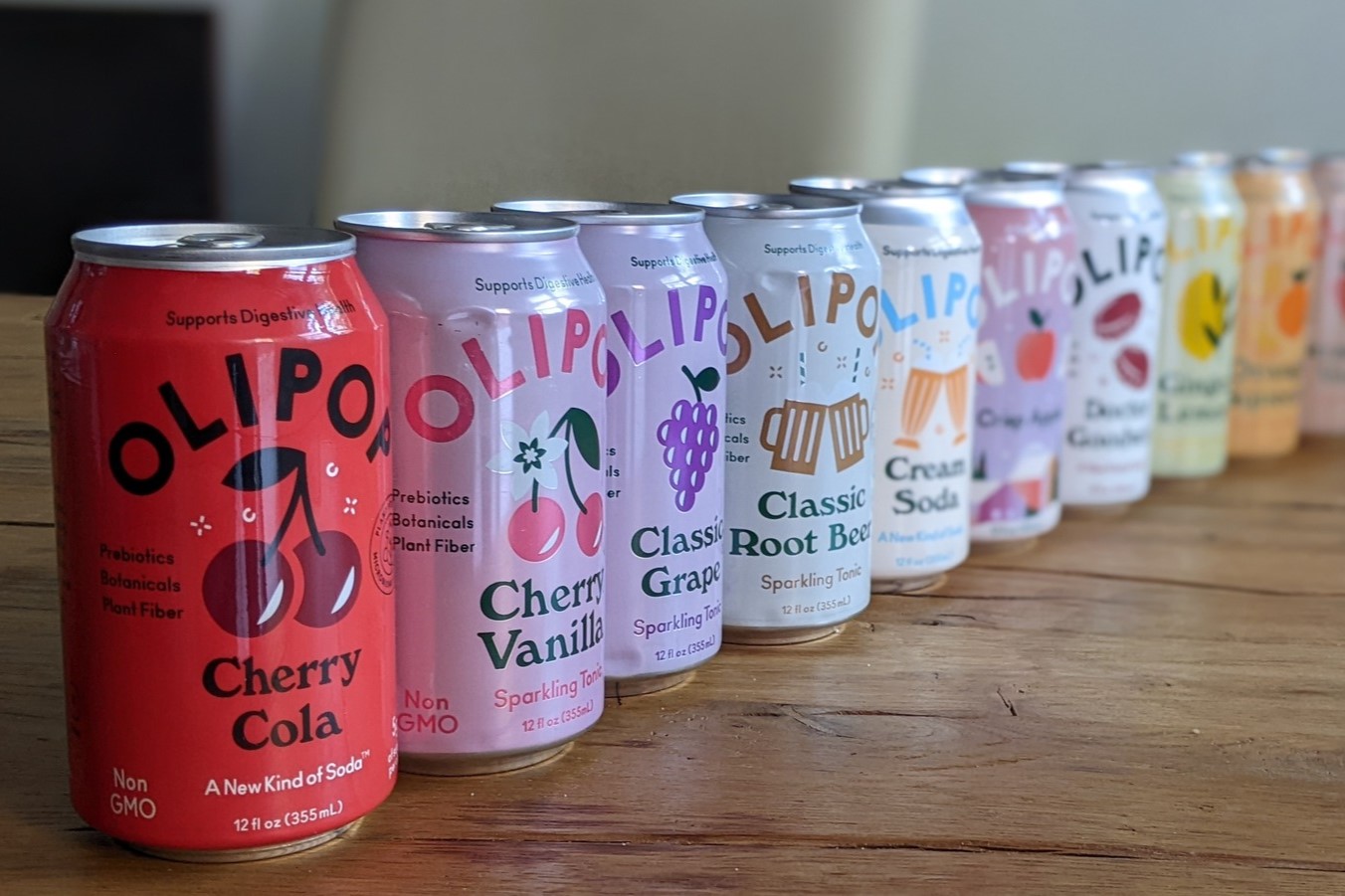Home>Food and Cooking>How To Clean Fruit With Baking Soda
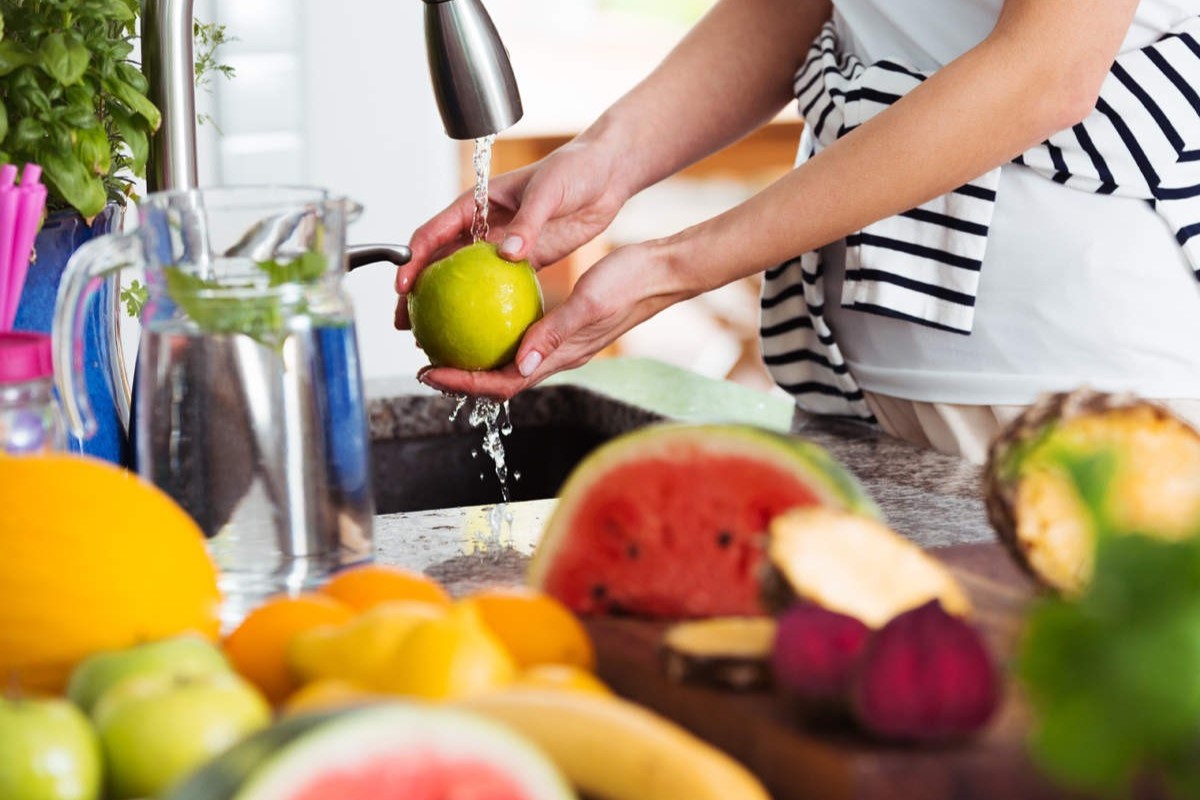

Food and Cooking
How To Clean Fruit With Baking Soda
Published: February 26, 2024
Learn how to effectively clean your fruits using baking soda with our easy-to-follow guide. Keep your food safe and healthy with these food and cooking tips.
(Many of the links in this article redirect to a specific reviewed product. Your purchase of these products through affiliate links helps to generate commission for Noodls.com, at no extra cost. Learn more)
Table of Contents
Introduction
Cleaning fruit before consumption is an essential step in food preparation. While rinsing fruit with water is a common practice, using baking soda as a natural cleaning agent can provide additional benefits. Baking soda, also known as sodium bicarbonate, is a versatile household product with various applications, including cleaning and deodorizing. When used to clean fruit, baking soda can effectively remove pesticide residues, wax, dirt, and other impurities that may be present on the fruit's surface.
In this article, we will explore the process of cleaning both soft-skinned and hard-skinned fruit with baking soda. Additionally, we will discuss the benefits of using baking soda for fruit cleaning and provide valuable tips to ensure the best results. Whether you're preparing a refreshing fruit salad, a nutritious smoothie, or simply enjoying a piece of fresh fruit, understanding how to properly clean fruit with baking soda can contribute to a healthier and more enjoyable eating experience.
By incorporating baking soda into your fruit-cleaning routine, you can take proactive steps to minimize potential exposure to harmful substances while maximizing the natural goodness of the fruit. Let's delve into the world of fruit cleaning with baking soda and discover how this simple yet effective method can elevate your approach to food safety and wellness.
Benefits of Cleaning Fruit with Baking Soda
Cleaning fruit with baking soda offers a multitude of benefits that contribute to food safety and overall well-being. Here are some compelling reasons why incorporating baking soda into your fruit-cleaning routine can make a significant difference:
-
Removal of Pesticide Residues: Many commercially grown fruits are treated with pesticides to protect them from pests and diseases. However, these chemical residues can linger on the fruit's surface even after washing with water. Baking soda, with its mild abrasive properties, can effectively remove pesticide residues, reducing the potential intake of these harmful substances.
-
Elimination of Wax and Dirt: Fruits such as apples and citrus varieties are often coated with wax to enhance their appearance and shelf life. While this wax is considered safe for consumption, it may trap dirt and impurities. Baking soda acts as a gentle scrubbing agent, aiding in the removal of wax and dirt, thereby ensuring that the fruit's surface is clean and free from contaminants.
-
Neutralization of Bacteria and Fungi: Baking soda possesses natural antimicrobial properties, making it effective in neutralizing bacteria and fungi that may be present on the fruit's skin. By using baking soda during the cleaning process, you can minimize the risk of consuming harmful microorganisms, promoting safer consumption of fresh produce.
-
Enhanced Shelf Life: By eliminating surface contaminants and microorganisms, cleaning fruit with baking soda can contribute to extending the fruit's shelf life. This can be particularly beneficial for fruits that are stored for an extended period, as the removal of impurities and microorganisms can help maintain their freshness and quality.
-
Improved Flavor and Texture: The thorough cleaning action of baking soda can help enhance the flavor and texture of certain fruits. By removing residues and impurities, the natural taste and aroma of the fruit can be more pronounced, offering a more enjoyable sensory experience when consuming the fruit.
Incorporating baking soda into your fruit-cleaning routine can provide these notable benefits, offering a simple yet effective way to ensure that the fruits you consume are clean, safe, and enjoyable. Whether you're preparing a snack for yourself or serving fruit to your family, the advantages of using baking soda for fruit cleaning are undeniable, contributing to a healthier and more satisfying eating experience.
How to Clean Soft-Skinned Fruit with Baking Soda
Cleaning soft-skinned fruit with baking soda is a straightforward yet effective process that can significantly enhance the safety and enjoyment of these delicate fruits. Soft-skinned fruits, such as berries, peaches, and grapes, require gentle handling to prevent damage to their tender exteriors. Here's a step-by-step guide to cleaning soft-skinned fruit with baking soda:
-
Prepare the Cleaning Solution: Begin by creating a cleaning solution using water and baking soda. For a simple and effective solution, mix one part baking soda with ten parts water. This gentle yet potent solution will serve as an effective cleaning agent without causing any damage to the soft fruit.
-
Soak the Fruit: Place the soft-skinned fruit in a bowl or container large enough to accommodate the fruit while allowing it to be fully submerged in the cleaning solution. Ensure that the fruit is not overcrowded, as this can hinder the cleaning process.
-
Gently Clean the Fruit: Allow the fruit to soak in the baking soda solution for 10-15 minutes. During this time, the baking soda will work to loosen dirt, wax, and pesticide residues from the fruit's surface. Gently agitate the fruit in the solution to ensure that all areas come into contact with the cleaning solution.
-
Rinse Thoroughly: After the soaking period, remove the fruit from the cleaning solution and rinse it thoroughly under cold running water. The rinsing process is crucial to remove any remaining baking soda residue and dislodged impurities from the fruit's surface.
-
Pat Dry or Air Dry: Once the fruit has been rinsed, gently pat it dry with a clean cloth or paper towel. Alternatively, you can allow the fruit to air dry on a clean, dry surface. It's important to ensure that the fruit is completely dry before consumption or storage to prevent moisture-related issues.
By following these steps, you can effectively clean soft-skinned fruit with baking soda, ensuring that it is free from contaminants and safe for consumption. This gentle yet thorough cleaning method helps preserve the delicate nature of soft-skinned fruit while promoting food safety and enjoyment. Whether you're preparing a fruit salad, a refreshing smoothie, or simply enjoying these fruits on their own, the use of baking soda for cleaning soft-skinned fruit can contribute to a healthier and more enjoyable eating experience.
How to Clean Hard-Skinned Fruit with Baking Soda
Cleaning hard-skinned fruit with baking soda is a simple yet effective process that can significantly enhance the safety and enjoyment of these robust fruits. Hard-skinned fruits, such as apples, oranges, and melons, often have a protective outer layer that requires thorough cleaning to remove wax, pesticide residues, and dirt. Here's a detailed guide to cleaning hard-skinned fruit with baking soda:
-
Create the Cleaning Solution: Begin by preparing a cleaning solution using water and baking soda. To create an effective solution, mix one part baking soda with ten parts water. This gentle yet potent solution will serve as an effective cleaning agent without causing any damage to the hard fruit's exterior.
-
Scrub the Fruit: Using a produce brush or a clean sponge, gently scrub the surface of the hard-skinned fruit with the baking soda solution. Focus on areas where wax or residues may be present, ensuring thorough coverage of the fruit's entire surface. The mild abrasive nature of baking soda aids in dislodging impurities while being gentle on the fruit's skin.
-
Rinse the Fruit: After scrubbing the fruit with the baking soda solution, rinse it thoroughly under cold running water. This rinsing process is crucial to remove any remaining baking soda residue and dislodged impurities from the fruit's surface. Ensure that all traces of the cleaning solution are washed away.
-
Dry the Fruit: Once the fruit has been rinsed, gently pat it dry with a clean cloth or paper towel. Alternatively, you can allow the fruit to air dry on a clean, dry surface. It's important to ensure that the fruit is completely dry before consumption or storage to prevent moisture-related issues.
By following these steps, you can effectively clean hard-skinned fruit with baking soda, ensuring that it is free from contaminants and safe for consumption. This thorough cleaning method helps remove wax, pesticide residues, and dirt from the fruit's surface, promoting food safety and enjoyment. Whether you're enjoying a crisp apple, a juicy orange, or a refreshing slice of melon, the use of baking soda for cleaning hard-skinned fruit can contribute to a healthier and more enjoyable eating experience.
Tips for Using Baking Soda to Clean Fruit
When using baking soda to clean fruit, there are several tips and best practices that can optimize the effectiveness of this natural cleaning method. By incorporating these tips into your fruit-cleaning routine, you can ensure thorough cleaning while preserving the quality and safety of the fruit. Here are valuable tips for using baking soda to clean fruit:
-
Selecting Fresh and Ripe Fruit: Begin the cleaning process by selecting fresh, ripe fruit. Cleaning fruit with baking soda is most effective when starting with high-quality produce. Inspect the fruit for any visible signs of damage or spoilage before proceeding with the cleaning process.
-
Organic and Non-Organic Fruit: Whether you are cleaning organic or non-organic fruit, using baking soda can help remove surface contaminants. For organic fruit, baking soda can aid in removing natural residues and dirt, while for non-organic fruit, it can effectively eliminate pesticide residues and wax.
-
Gentle Handling: When cleaning soft-skinned fruit, such as berries and peaches, handle the fruit gently to prevent bruising or damage. The delicate nature of these fruits requires careful attention during the cleaning process to maintain their integrity and visual appeal.
-
Thorough Rinsing: After cleaning the fruit with the baking soda solution, ensure thorough rinsing under cold running water. This step is crucial to remove any residual baking soda and dislodged impurities, leaving the fruit clean and free from any cleaning agent residue.
-
Drying the Fruit: Once the fruit has been rinsed, pat it dry with a clean cloth or paper towel. Properly drying the fruit helps remove excess moisture, which can contribute to prolonged freshness and prevent moisture-related issues during storage.
-
Storage Considerations: After cleaning and drying the fruit, consider appropriate storage to maintain its quality. Store the cleaned fruit in a manner that minimizes exposure to contaminants, and follow recommended storage guidelines for specific fruit varieties.
-
Regular Cleaning Routine: Incorporate the use of baking soda into your regular fruit-cleaning routine. By consistently cleaning fruit with baking soda, you can minimize the intake of surface contaminants and enjoy cleaner, safer produce.
By implementing these tips, you can harness the full potential of baking soda as a natural and effective cleaning agent for fruit. Whether you're cleaning delicate berries or robust apples, these tips can elevate your fruit-cleaning practices, contributing to a healthier and more enjoyable eating experience.
Read more: How To Cut Star Fruit
Conclusion
In conclusion, the use of baking soda as a natural cleaning agent for fruit offers a multitude of benefits that contribute to food safety, quality, and overall enjoyment. By incorporating baking soda into the fruit-cleaning routine, individuals can effectively remove pesticide residues, wax, dirt, and other impurities from the fruit's surface. This simple yet powerful method of fruit cleaning can significantly minimize potential exposure to harmful substances while maximizing the natural goodness of the fruit.
The process of cleaning both soft-skinned and hard-skinned fruit with baking soda has been outlined, providing practical and easy-to-follow steps for ensuring thorough cleaning without compromising the integrity of the fruit. From delicate berries to robust apples, the gentle yet effective nature of baking soda makes it a versatile and reliable cleaning agent for a wide variety of fruits.
Furthermore, the benefits of using baking soda for fruit cleaning, including the removal of pesticide residues, elimination of wax and dirt, neutralization of bacteria and fungi, enhanced shelf life, and improved flavor and texture, underscore the significance of this natural cleaning method. By embracing the use of baking soda, individuals can take proactive steps to safeguard their health and well-being while savoring the natural flavors and nutritional benefits of fresh fruit.
The provided tips for using baking soda to clean fruit serve as valuable guidelines for optimizing the effectiveness of this natural cleaning method. From selecting fresh and ripe fruit to incorporating a regular cleaning routine, these tips empower individuals to elevate their fruit-cleaning practices, ensuring that the fruits they consume are clean, safe, and of the highest quality.
In essence, the utilization of baking soda for fruit cleaning represents a holistic approach to food safety and wellness. By harnessing the natural cleaning power of baking soda, individuals can enjoy a healthier and more satisfying eating experience, whether they are preparing a vibrant fruit salad, blending a nutritious smoothie, or simply indulging in the natural sweetness of fresh fruit. Embracing the simplicity and effectiveness of using baking soda to clean fruit can lead to a more conscious and enjoyable relationship with the fruits we consume, promoting a sense of well-being and culinary delight.
